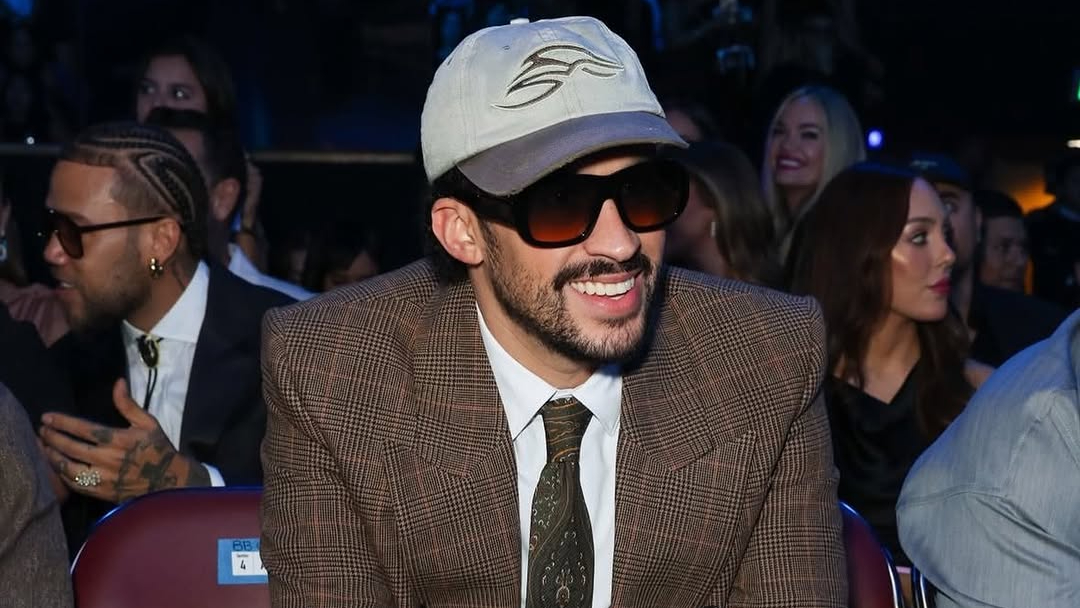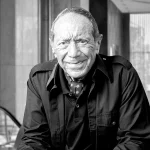Bad Bunny Inc: How a Music Rebel Built a Billion-Dollar Brand
Bad Bunny, the Puerto Rican superstar who rose from SoundCloud to superstardom, is now redefining what it means to be a music mogul. Set to headline the 2026 Super Bowl Halftime Show, he’s stepping onto one of the world’s biggest stages not just as an entertainer, but as a global brand. As of 2025, his business empire spans fashion, film, sports, and international touring, driving an estimated net worth surpassing $120 million. His latest ventures show how authenticity and smart financial strategy can turn cultural power into lasting wealth.
The Super Bowl Stage: A Billion-Dollar Spotlight
Bad Bunny’s upcoming 2026 Super Bowl Halftime Show is more than a performance, it’s a masterclass in global marketing. With an audience exceeding 110 million viewers, the appearance will elevate his brand visibility to unprecedented levels.
Though the NFL doesn’t pay artists for the halftime show, the payoff is massive. Following Rihanna’s 2023 show, her Fenty Beauty sales surged by nearly 600%, generating millions in earned media value. For Bad Bunny, whose empire spans music, fashion, and brand partnerships, that exposure could translate into tens of millions in indirect revenue.
Marketing analyst Jessica Ramirez noted, “Performing at the Super Bowl is like launching a global ad campaign without paying for it.” For Bad Bunny, the first Latino solo headliner, the moment represents both cultural pride and commercial power—cementing his position as not just a performer, but a global business force.

Bad Bunny
From Bedroom Beats to Global Business Phenomenon
Just a few years ago, Benito Antonio Martínez Ocasio, better known as Bad Bunny was uploading tracks from his bedroom in Vega Baja, Puerto Rico. Today, he’s a global icon whose business empire rivals some of the biggest names in entertainment. His journey isn’t just a rags-to-riches story it’s a blueprint for how cultural authenticity can drive financial dominance.
According to analysis reviewed by CEO Today, Bad Bunny’s influence extends far beyond music. He’s become a brand architect, building a multi-industry portfolio that includes music royalties, equity partnerships, fashion collaborations, and sports investments.
The Business of Being Bad Bunny
Bad Bunny has transformed his artistry into a full-scale business ecosystem. His collaborations with Adidas, Cheetos, and Crocs have sold out in minutes, turning limited-edition drops into collectible assets. Each campaign has been more than a marketing gimmick—it’s a study in emotional branding.
By maintaining full creative control through Rimas Entertainment, Bad Bunny ensures that his image and message remain consistent across platforms. He’s rewritten the rules for artist-label relationships by demanding ownership of his masters, a move that industry analysts estimate could earn him tens of millions of dollars in future royalties.
A Financial Powerhouse: Touring, Investments, and the Streaming Economy
Bad Bunny’s touring revenue alone is reshaping the live entertainment market. His “World’s Hottest Tour” in 2022 became the highest-grossing tour by a Latin artist in history, generating over $435 million globally, according to Billboard Boxscore.
He’s also leveraging his wealth strategically, investing in Puerto Rican start-ups, sustainable fashion ventures, and digital media projects. Financial experts see this as the evolution of the “celebrity investor era,” where artists act as micro-VCs, backing culturally relevant and scalable businesses.
Music industry analyst Dan Ives noted, “Bad Bunny isn’t just cashing checks; he’s building a diversified empire designed to outlast the streaming era. He’s one of the few artists thinking like a CEO.”
The Legal Landscape: Intellectual Property and Cultural Ownership
Bad Bunny’s empire isn’t without legal complexity. As global demand for his likeness and voice grows, so does the need for intellectual property protection.
In 2024, the artist won a high-profile lawsuit against a media company that used his voice without consent, setting a precedent for AI-related rights in digital reproduction. Legal analysts said the case could redefine how celebrity likenesses are protected in the age of generative AI.
Entertainment attorney Iván Rivera, who represents Latin artists in IP cases, commented to El Nuevo Día, “Bad Bunny’s victory shows that creative ownership isn’t just cultural, it’s financial. Protecting your brand is now a business strategy.”
This legal awareness has become central to his empire. From merchandising trademarks to digital licensing, every aspect of Bad Bunny’s image is safeguarded under a structured IP portfolio. It’s a masterclass in turning cultural identity into protected capital.

Bad Bunny
The Cultural Capital That Prints Money
Bad Bunny’s success lies in his ability to monetize cultural authenticity. He proudly raps in Spanish, embraces gender-fluid fashion, and rejects industry conventions, all of which have amplified his appeal.
His business empire thrives on connection over curation. Fans trust him, and that trust translates into billions of streams, sold-out shows, and viral campaigns. While most stars rely on PR polish, Bad Bunny’s greatest asset is raw transparency—a quality that corporate marketers are still trying to replicate.
Lessons for CEOs and Creators Alike
Bad Bunny’s rise offers a powerful lesson for executives, entrepreneurs, and creatives: the future belongs to those who merge authenticity with business acumen. His empire blends art and finance, proving that brand integrity can coexist with massive profitability.
As his net worth continues to climb and his business holdings expand, Bad Bunny’s next act may be his boldest yet—transforming from performer to entertainment conglomerate.
Final Take: From Superstar to CEO of Culture
Bad Bunny has already conquered charts, stages, and streaming platforms. Now, he’s conquering the business of influence. His journey is proof that cultural relevance is the new currency of global success.
In an era where fame fades fast, Bad Bunny isn’t just keeping up—he’s rewriting the rules of wealth, power, and legacy in the modern entertainment economy.
The Big Questions About Bad Bunny’s Super Bowl and Business Empire
1. How much will Bad Bunny get paid for the Super Bowl Halftime Show?
Technically, the NFL doesn’t pay performers for the Super Bowl Halftime Show. Instead, it covers all production costs, which can exceed $10 million. The true value lies in exposure—artists often see huge boosts in music streams, merchandise sales, and brand deals following the performance.
2. How will the Super Bowl impact Bad Bunny’s net worth?
Bad Bunny’s current estimated net worth exceeds $120 million, but analysts predict his Super Bowl appearance could increase his earning potential dramatically. The global visibility could drive millions in new sponsorships, tour ticket sales, and digital streaming revenue.
3. What brands and businesses are connected to Bad Bunny?
He’s partnered with Adidas, Crocs, and Cheetos, and has expanded into fashion, film, and sports through ventures like Rimas Entertainment and El Último Tour del Mundo productions. Each collaboration strengthens his reputation as a cross-industry entrepreneur.
4. Why is Bad Bunny considered a business success story?
Because he built his empire on authenticity and independence. Bad Bunny manages much of his own creative and commercial output, turning cultural influence into long-term financial value. His ability to merge music, identity, and brand strategy sets a new standard for artist entrepreneurship.














